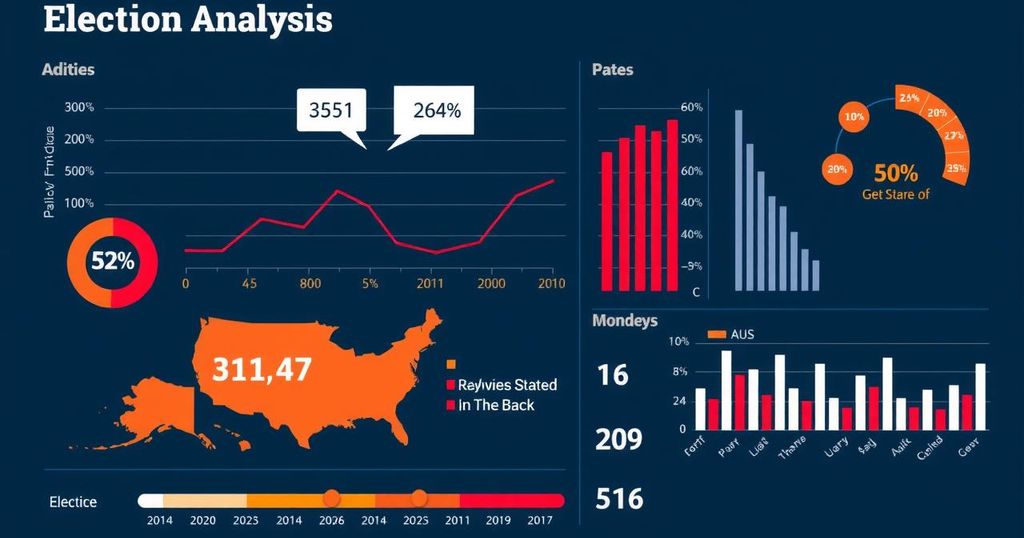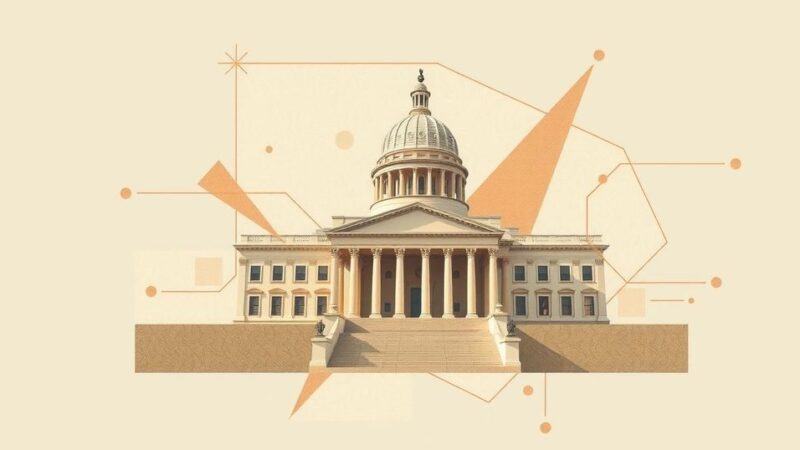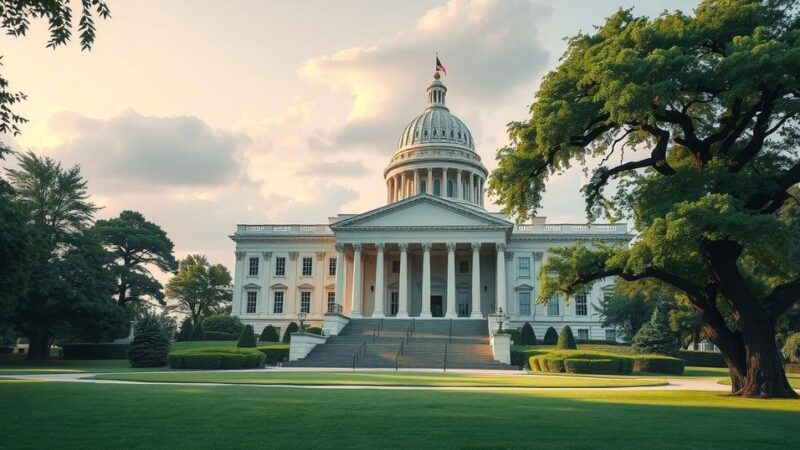The upcoming presidential election is highly competitive, particularly in the seven Toss-up states projected to be decided by a narrow margin of one point or less. Historical analysis demonstrates that these close races have become more common since 1976, with implications for both the House and Senate races suggesting varied outcomes for Democratic and Republican candidates. Polling indicates that Senate candidates are performing relatively stronger than their presidential counterparts in key regions, indicating more complex voter preferences as Election Day approaches.
As the presidential election approaches, considerable attention has been focused on the seven states deemed as Toss-ups, which are projected to be decided by a margin of one percentage point or less. David Plouffe, a seasoned strategist, predicts this outcome is likely. Analyzing electoral history reveals that states decided by narrow margins have been relatively common, particularly in the last two decades. For example, from 1976 to 2020, the year with the most states decided by two percentage points or less was 2000, while recent elections have exhibited a trend toward more states falling within this category. Particularly during the Obama administration, the tipping point state consistently leaned left compared to the national popular vote, contrasting with the outcomes in 2016 and 2020 where Wisconsin served as the tipping point state, concluded with less than one percentage point separating candidates. As Biden successfully reclaimed several close states from Trump in 2020, historical patterns indicate that presidential candidates typically secure the majority of close states during their tenure, a trait not seen in elections from 1984 and 1988 when Republicans won with significant margins. Recent polling suggests varied dynamics for both parties in key states, presenting potential challenges as neither Harris nor Trump dominate their presumed strongholds. Furthermore, while some House race polls indicate slight movement towards Republicans, independent polling offers insights into extraordinary competitive matchups. Particularly within the Industrial North states, Senate candidates seem to be faring better than their presidential counterparts, signifying nuanced electoral behavior as Election Day draws near.
As the United States approaches the pivotal presidential election, political conversations are increasingly fixated on the few states categorized as Toss-ups. These states are anticipated to serve as battlegrounds, where margins of victory could be remarkably small. Historical data and electoral trends reveal patterns in state-by-state voting dynamics that may influence current predictions. The transitions of voter sentiments in recent elections underscore the significance of these close races and provide a context for understanding the current electoral climate. Examining previous elections from as far back as 1976, we analyze factors contributing to narrow margins and the implications they have on broader electoral strategies.
In summary, the intensity surrounding the Toss-up states signifies an evolving electoral landscape, characterized by increasingly competitive races. The predictions from seasoned political strategists and historical trends suggest that narrow margins are likely, and both parties must navigate the complexities of voter behavior in these pivotal areas. As polling data continue to fluctuate, strategists and candidates alike will undoubtedly focus on securing these crucial states to achieve electoral success.
Original Source: centerforpolitics.org







